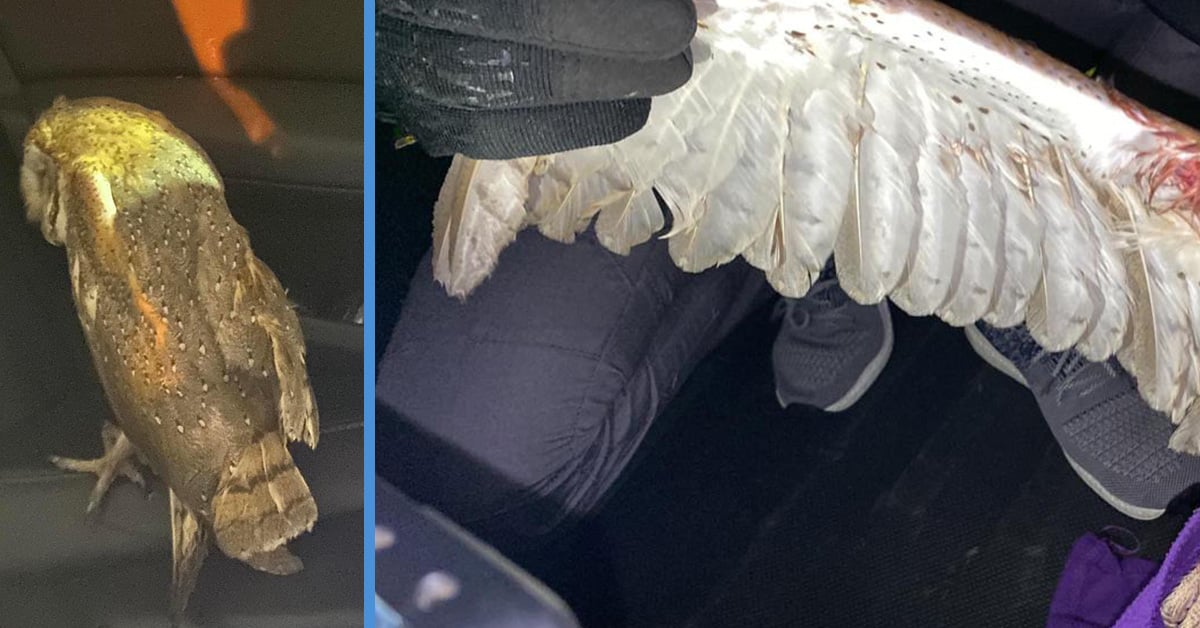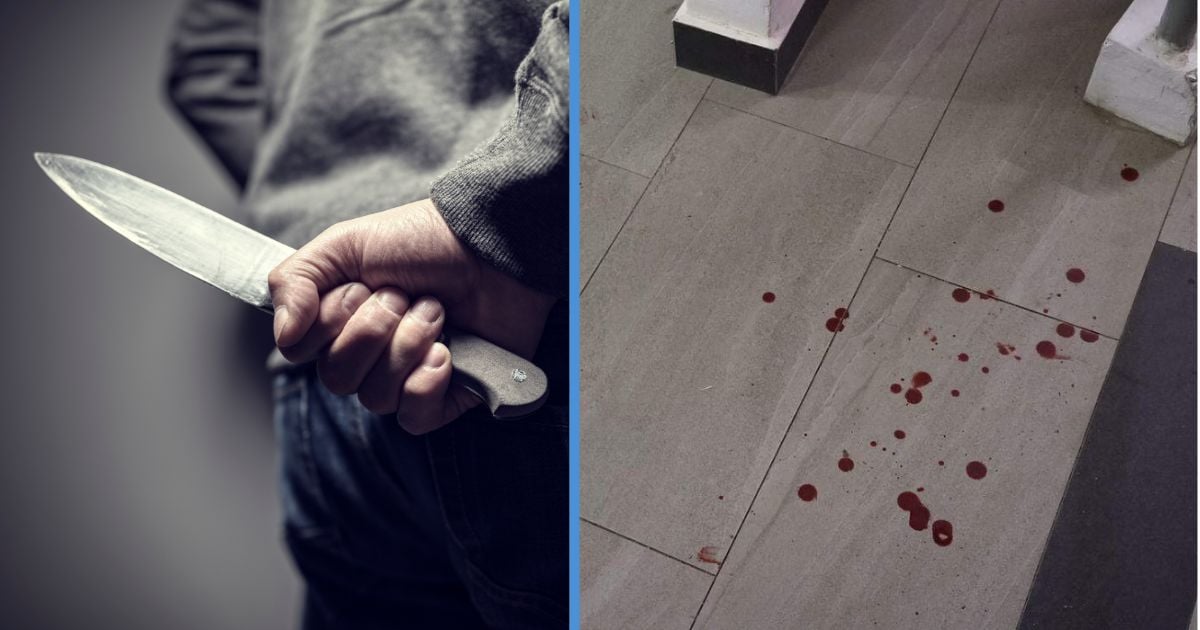On 4 May 2023, a man found an injured barn owl and handed it to the National Parks Board (NParks).
Since then, the bird has been euthanised.
The man only found out the sad news when he saw a report by The Straits Times.
Man Unhappy with Lack of Communication
On 6 May, Mr Rashwinder Singh posted an update on the situation on Facebook Group Singapore Wildlife Sightings.
He had hoped that the owl would recover under NPark’s care.
However, on 5 May, The Straits Times reported that the barn owl had been euthanised due to its extensive injuries.
NParks group director of wildlife management, Dr Adrian Loo, told The Straits Times, “Our wildlife vets found the owl to be in poor condition and barely responsive, with multiple wing fractures.
“The likelihood of recovery was assessed to be poor and to minimise further suffering, the owl was humanely euthanised.”
Dr Loo also advised the public to call the NParks Animal Response Centre should they encounter an injured bird and refrain from moving it.
In his Facebook post, Mr Singh wrote, “I find NParks truly unprofessional. I contacted them and their contractor about the status of the owl but received no response back from both parties.
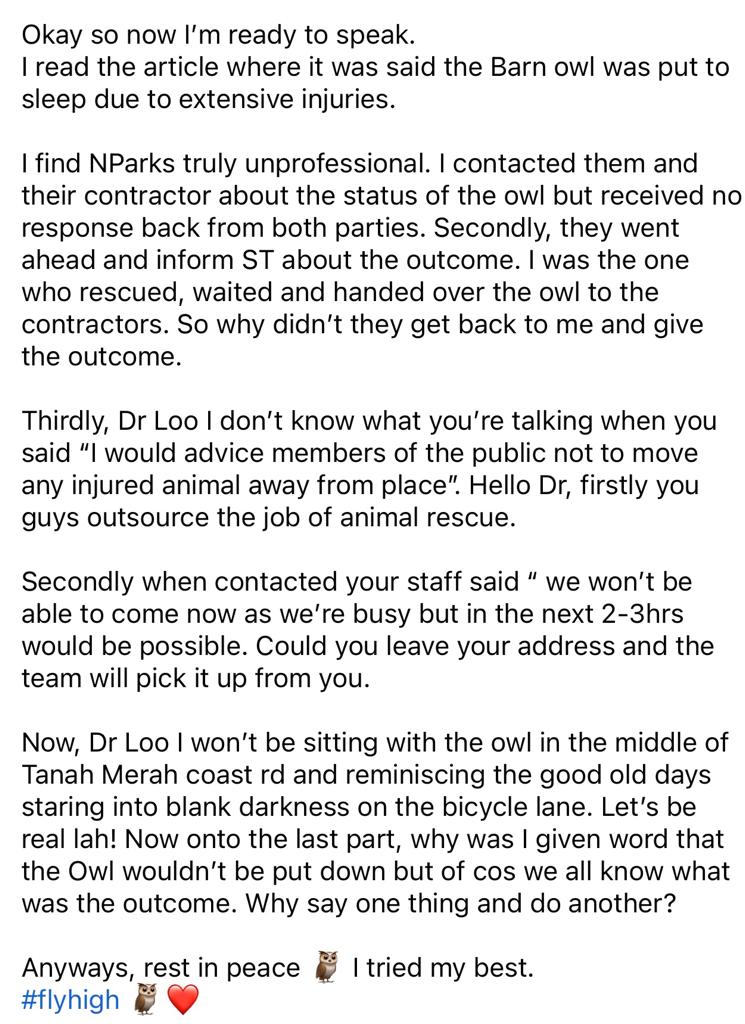
“Secondly, they went ahead and informed ST about the outcome. I was the one who rescued, waited and handed over the owl to the contractors. So why didn’t they get back to me and give me the outcome?”
Mr Singh also criticised Dr Loo’s advice.
He wrote, “When contacted, your staff said ‘we won’t be able to come now as we’re busy, but in the next 2-3 hours would be possible. Could you leave your address, and the team will pick it up from you.’”
NParks has Since Apologised
Since first posting the Facebook post, Mr Singh has edited it to include an update.

According to him, Dr Loo had called him to apologise for the lack of communication.
Dr Loo also detailed the extensive injuries found on the owl.
He also assured Mr Singh that the agency will work to improve communication in future.
Mr Singh accepted his apology.
The Incident
On 4 May, Mr Singh uploaded a Facebook post onto Singapore Wildlife Sighting detailing that evening’s events.
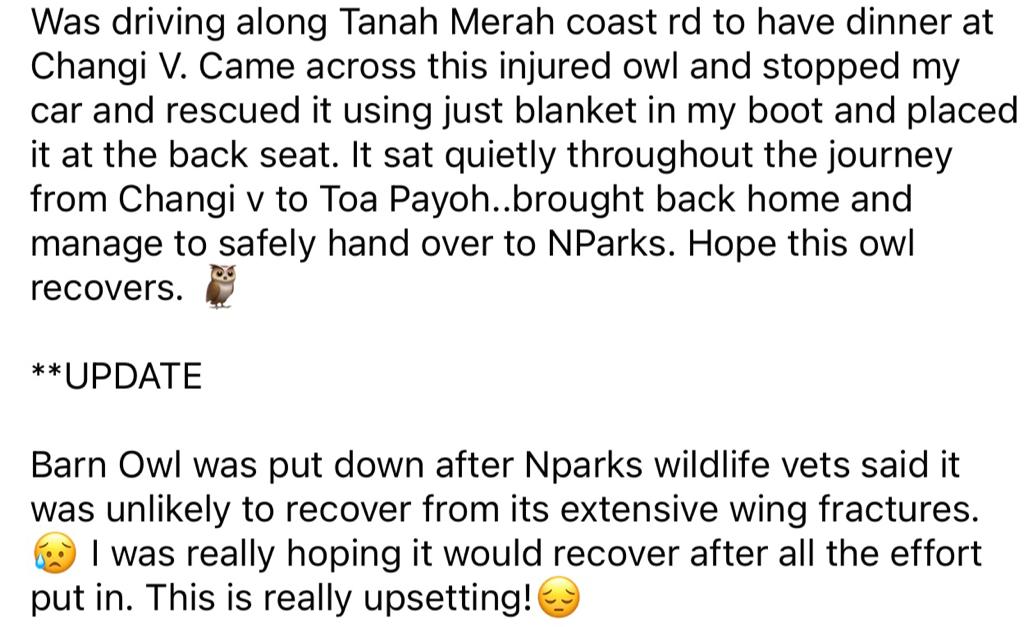
He had been driving along Tanah Merah Coast Road to have dinner at Changi Village when he came across the injured barn owl.
He stopped the car and wrapped the bird in a blanket, placing it in his back seat.
Mr Singh noted that the bird “sat quietly throughout the journey from Changi Village to Toa Payoh”.
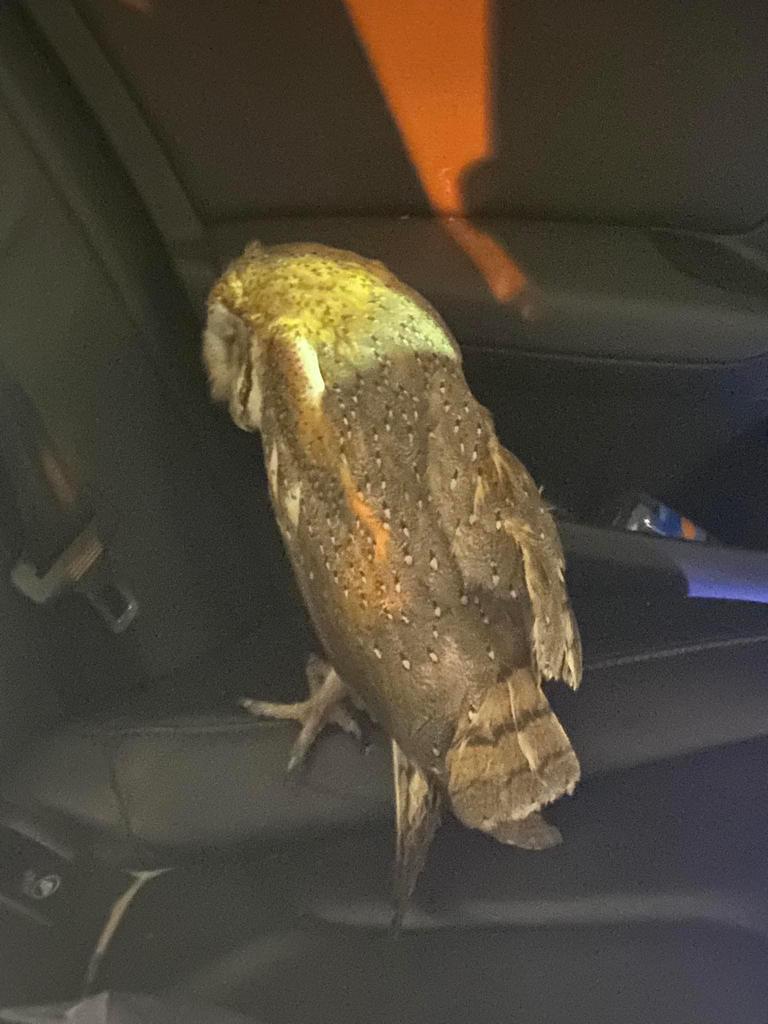
He managed to hand the bird over to NParks.
Attached to the post were photos of the poor bird’s injuries.
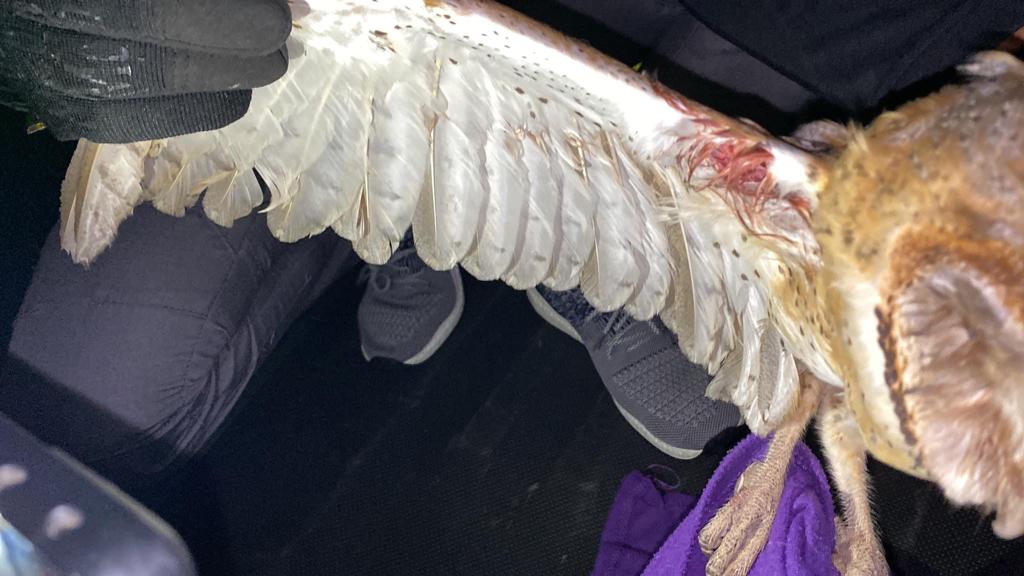
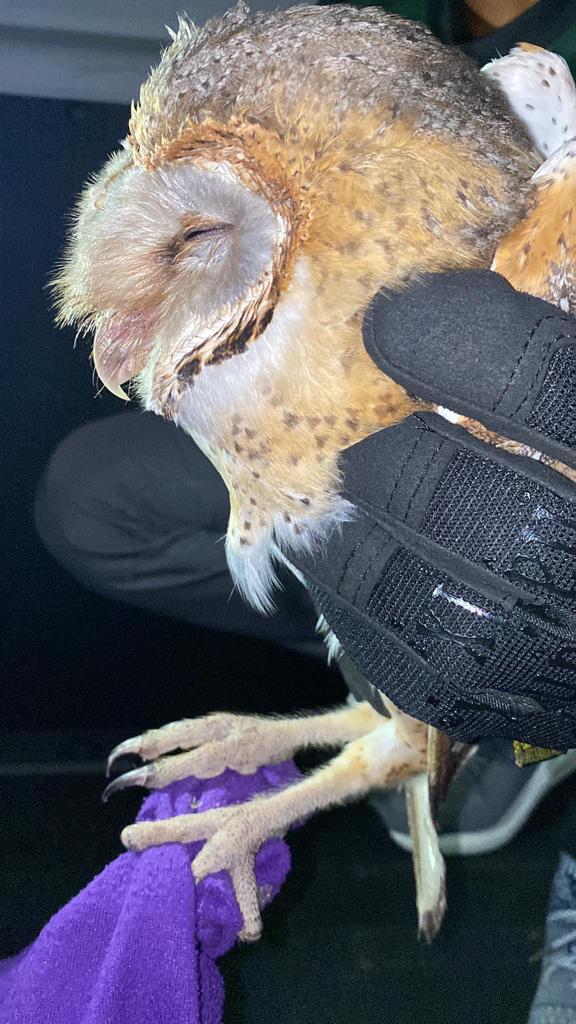
Barn Owls in Singapore
If you see an owl with a heart-shaped face, it’s probably a barn owl.
They’re an uncommon species in Singapore.
According to Dr Loo, barn owls are adaptable and native to Singapore.
They came over from Malaysia in the 1960s due to the expansion of oil palm plantations.
They were introduced to control rat infestations.
Barn owls are nocturnal and nest in tree cavities or urban structures.
Notably, a barn owl has been spotted at the Istana three times in five years.
On 26 August 2017, Prime Minister Lee Hsien Loong posted a photo of a barn owl hanging out in the overhang along the exterior of the Istana.
He wrote, “#guesswhoo’s back?”
There were previous sightings of a barn owl at the istana in 2015 and 2013.
NParks advises the public to call the 24-hour Animal Response Centre helpline at 1800-476-1600 if they encounter a wild animal that is injured, trapped or in distress.
Alternatively, you can call the Animal Concerns Research and Education Society (ACRES) Wildlife Rescue Hotline at 97837782 for assistance and provide the following information:
- Describe the animal (type, size, colour, features etc.)
- Describe the animal’s injuries (if applicable)
- Inform ACRES if there are other animals nearby
- Send a photo of the animal to 97837782 by text or WhatsApp
ACRES also advises the public to leave animals as they are, as removing wild animals from their natural habit is a criminal offence for most species in Singapore.
If the animal is injured, you should refrain from picking the animal up with your hands.
Yes, even if you’re wearing gloves.
If you spot an animal that is severely injured or immobile, ACRES advises placing a container with holes for ventilation over it and sliding a lid or a thin board underneath it.
Then, proceed to turn the container gently and cap it.
